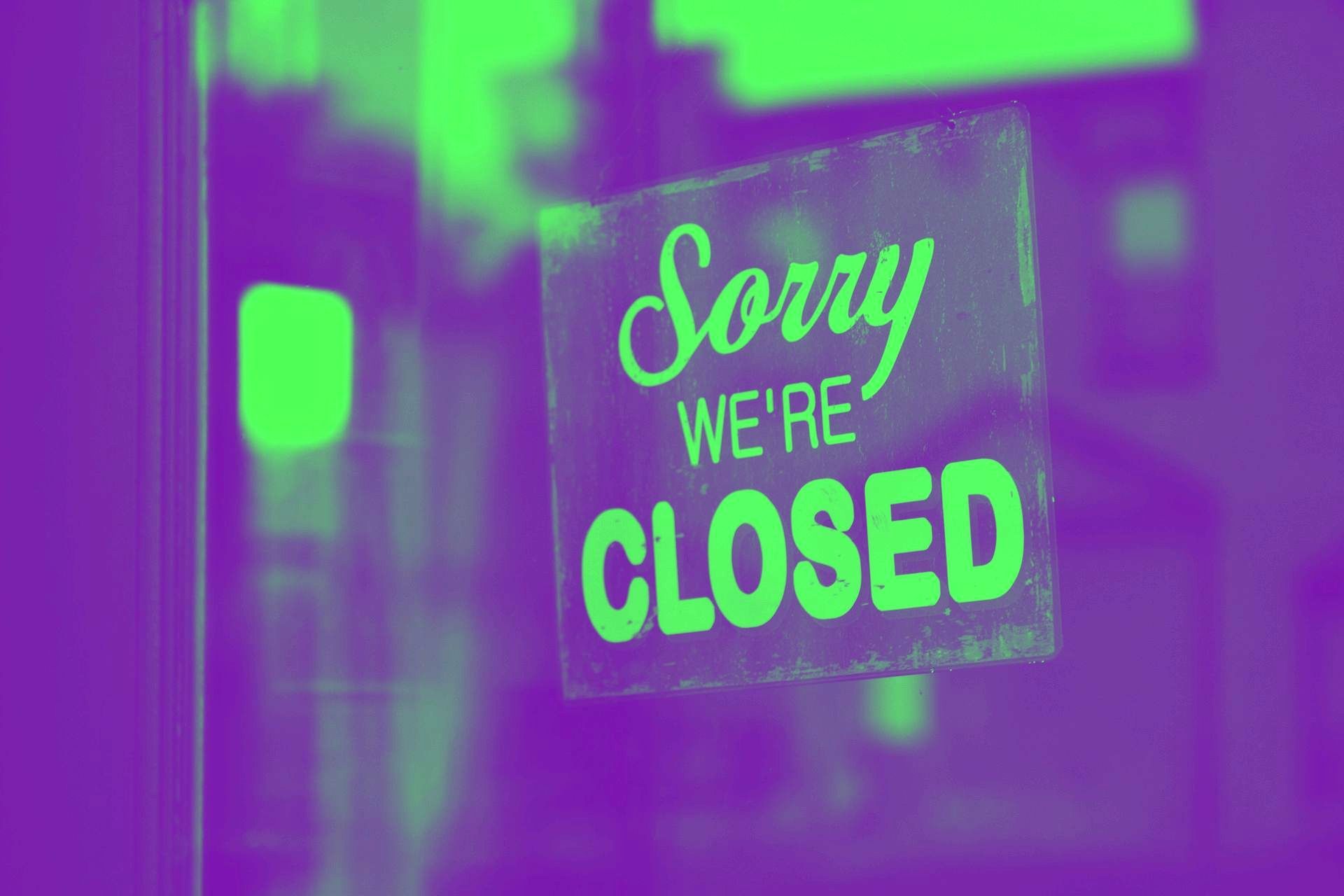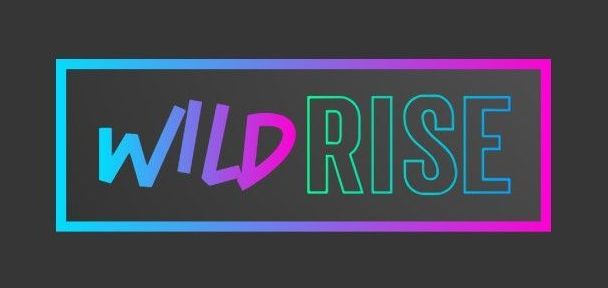Why Social Media Alone Won’t Grow Your Business in 2025—And What Will

Social media has long been a go-to marketing tool for small businesses.
Many entrepreneurs built their brands by posting consistently, engaging with followers, and relying on organic reach on platforms like Meta (Facebook and Instagram), Pinterest, TikTok to name a few.
But in 2025, organic social media alone is no longer enough to grow a business. Algorithm changes, declining engagement, and increased pay-to-play models have made it harder than ever for small businesses to reach their audiences without spending money on advertising.
If your business is struggling to gain traction despite active social media efforts, you're not alone. This blog will break down why organic reach is declining, what actually works in today’s digital landscape, and how you can future-proof your marketing strategy.
Why Social Media Organic Reach Is Dead (Or Dying)
Social media platforms are businesses themselves, and they’re prioritizing ad revenue over free content distribution. Here’s why relying on organic social media alone won’t cut it anymore:
- Algorithm changes favor paid ads – Platforms like Facebook, Instagram, and LinkedIn are reducing organic visibility for business accounts while prioritizing content from paying advertisers.
- Engagement rates are dropping – Studies show that organic reach on Facebook is now below 5% for business pages, meaning even your followers aren’t seeing your posts.
- More competition, less visibility – The sheer volume of content online means your posts get buried quickly. Without strategic efforts, it’s difficult to stay top-of-mind.
- Consumer behavior has shifted – People trust Google searches, recommendations, and ads more than scrolling endlessly through social media posts.
Does this mean social media is useless? Not at all. It just means you need to adjust your marketing mix to reflect the current landscape.
What Works in 2025: The New Marketing Mix for SMB Growth
Instead of relying solely on social media posts, small businesses must diversify their marketing strategy to drive real visibility, leads, and revenue. Here’s what works now:
- Google search and SEO optimization – Your ideal customers are searching for businesses like yours on Google. Optimizing your website for SEO ensures you show up when they’re ready to buy. Investing in local SEO, keyword-optimized content, and Google My Business is essential.
- Paid social media advertising – While organic reach is limited, smart paid ad strategies on Facebook, Instagram, and LinkedIn can still deliver results. The key is targeting the right audience with compelling ad creatives.
- Email marketing and lead nurturing – Social media platforms own your audience—but email is something you control. Building an email list and nurturing leads through automation helps convert followers into paying customers.
- Content marketing (blogging, video, and thought leadership) – Quality content establishes credibility and drives organic traffic from search engines and referrals. Posting valuable content on your website, YouTube, and LinkedIn builds trust and engagement over time.
- Business strategy and brand positioning – Many small businesses waste time on social media without a clear brand strategy, target audience, or marketing plan. Before spending money on ads or SEO, it’s crucial to refine your business positioning.
How to Shift Your Marketing for Sustainable Growth
If your business has relied primarily on social media, it’s time to make a strategic shift. Here’s how to adapt and thrive in 2025:
- Audit your marketing efforts
– Review where your leads and sales are actually coming from. If social media isn’t driving ROI, adjust your approach.
- Diversify your channels – Balance social media with SEO, paid ads, email marketing, and direct outreach.
- Invest in your website and digital infrastructure – Your website should be optimized for search, conversions, and automated lead capture.
- Leverage paid ads wisely – Instead of relying on organic reach, use targeted ad campaigns with a clear goal (conversions, lead generation, or retargeting past visitors).
- Position yourself as an expert – Thought leadership content on LinkedIn, YouTube, or a blog will set you apart from competitors.
Conclusion
Relying on social media alone is no longer a sustainable growth strategy. Small businesses must embrace a broader digital marketing mix that includes SEO, paid advertising, content marketing, and strategic branding. By making these shifts, you can build a business that thrives in 2025 and beyond.
If you’re ready to move beyond social media struggles and build a marketing system that actually works, let’s talk. Book a free consultation today to get expert insights tailored to your business needs.
Additional Resources
- HubSpot: Why Organic Social Media Doesn’t Work Anymore
- Forbes: The Future of Digital Marketing in 2025
- Entrepreneur: Small Business Marketing Strategies That Work
- Search Engine Journal: The Importance of SEO for Small Businesses
- Neil Patel: Paid Ads vs. Organic Marketing – What Works in 2025?


Trending Blogs & Articles


This is a lead generation LP
